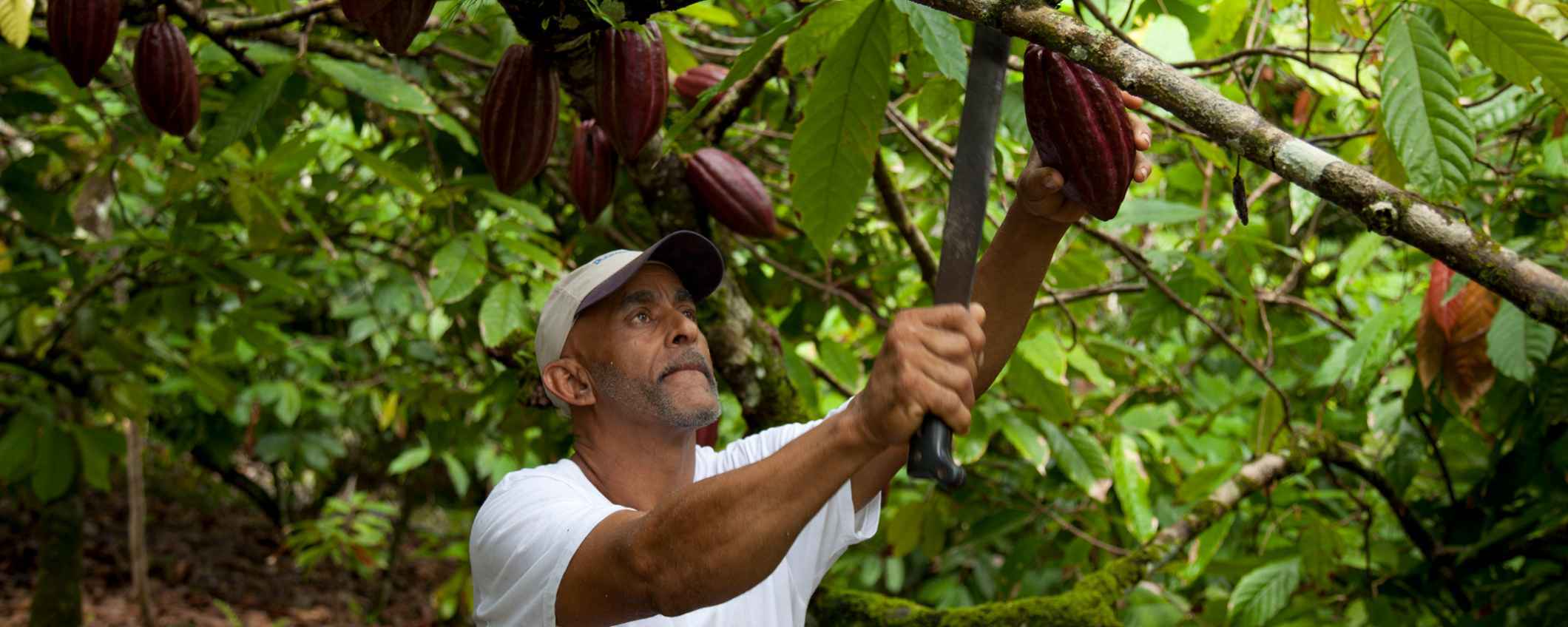Old tool for new challenges
Despite its recent popularity, the concept of blended finance isn’t new. As David Kuijper points out, similar models were used in Europe after World War II to rebuild war-torn countries. Today’s version involves combining public, philanthropic and private money in investment structures designed to unlock private sector investment for sustainable development, particularly in emerging markets.
This definition may sound technical, but the logic is simple: use public concessional funds to de-risk and attract commercial capital into sectors and regions that desperately need it, but where the risk-return profile is often too daunting for private investors to do it alone.
Why does this matter? Because the world faces a staggering USD 4 trillion annual financing gap to meet the Sustainable Development Goals (SDGs). Emerging markets, with their immense development needs and equivalent growth potential, sit at the heart of this challenge and opportunity.
How it works in practice
Judith Santbergen offers a practical perspective. Hivos-Triodos Fonds, a textbook example of blended finance in action, was launched 30 years ago as a partnership between a private bank (Triodos Bank) and a Dutch-based INGO (Hivos). Their goal: provide catalytic capital to high-impact small and medium-sized enterprises (SMEs) in emerging markets, especially in agriculture and renewable energy.
A typical deal might involve the INGO taking a higher-risk, junior tranche, while private investors hold the more senior, lower-risk exposure. This structure allows Hivos-Triodos Fonds to support early-stage businesses - like Sommalife, a Ghanaian company in the shea value chain - helping them scale, diversify and eventually attract mainstream capital. The result is a multiplier effect: as these companies mature, they can graduate to larger funds or commercial banks, freeing up blended capital for new entrants.
Why hasn’t blended finance scaled up more?
Despite its promise, blended finance has not yet reached the scale needed to close the SDG funding gap. In 2022, only USD 14 billion in private capital was mobilised through blended finance - a tiny amount compared to the trillions required.
David Kuijper identifies three main bottlenecks:
- Regulatory frameworks: Sustainable finance regulations are tailored to developed markets and often don’t fit the reality of emerging economies, making cross-border investment complex and unattractive for mainstream institutions.
- Perceived vs. real risk: There’s a persistent gap between how risky emerging market investments are perceived to be and the actual data. Lack of transparent investment data makes it hard for rating agencies and investors to accurately assess risk and potential return.
- Market creation: There simply aren’t enough bankable projects ready for investment. Turning opportunities into investable deals requires patient market-building, often with local partners, work that needs subsidy and long-term commitment.
Opportunities and solutions
Blended finance is most effective where there’s a clear development need, an emerging business model and strong demand for capital. Sectors like climate adaptation, sustainable agriculture and rural electrification are prime targets.
The key is to focus on projects with proven concepts, where blended structures can demonstrate viability and pave the way for fully commercial investment. The magic happens when public money de-risks a transaction just enough to bring in private capital, and when both sides are aligned around measurable impact. For institutional investors, this means:
- Access to untapped growth in frontier sectors and markets.
- Potential for above-market returns, especially as risk perceptions and realities converge.
- A chance to fulfill ESG mandates and drive real-world impact.
Both Kuijper and Santbergen stress that bigger funds and commitments are needed - but so is an ecosystem approach. Success comes from a mix of large-scale vehicles and smaller, nimble funds that can recycle capital by reinvesting returns and building local pipelines.
What can institutional investors do?
For investors keen to allocate more capital to emerging markets, it is important to realise that blended finance isn’t about eliminating all risk. Instead, it’s a tool to strike a balance: structuring deals that meet fiduciary requirements while also supporting market development. Transparency, robust data and collaboration with experienced partners on the ground are crucial.
Blended finance works best when all parties - public, private and philanthropic - share a unity of purpose. Development impact metrics should guide investment, and any outsized returns should be shared fairly, avoiding the socialisation of risk and privatisation of reward.
Practical and proven instrument
The message is clear: blended finance is not a panacea, but it is a practical, proven instrument that can mobilise institutional and private capital for high-impact sectors in emerging markets. Success will depend on demystifying the approach, improving transparency, and focusing on catalytic - not just compensatory - impact.
For investors willing to engage pragmatically, blended finance offers a compelling way to achieve both market returns and meaningful impact, while helping close one of the world’s most urgent investment gaps.
Listen to the podcast with David Kuijper, Judith Santbergen and Karel Nierop.



